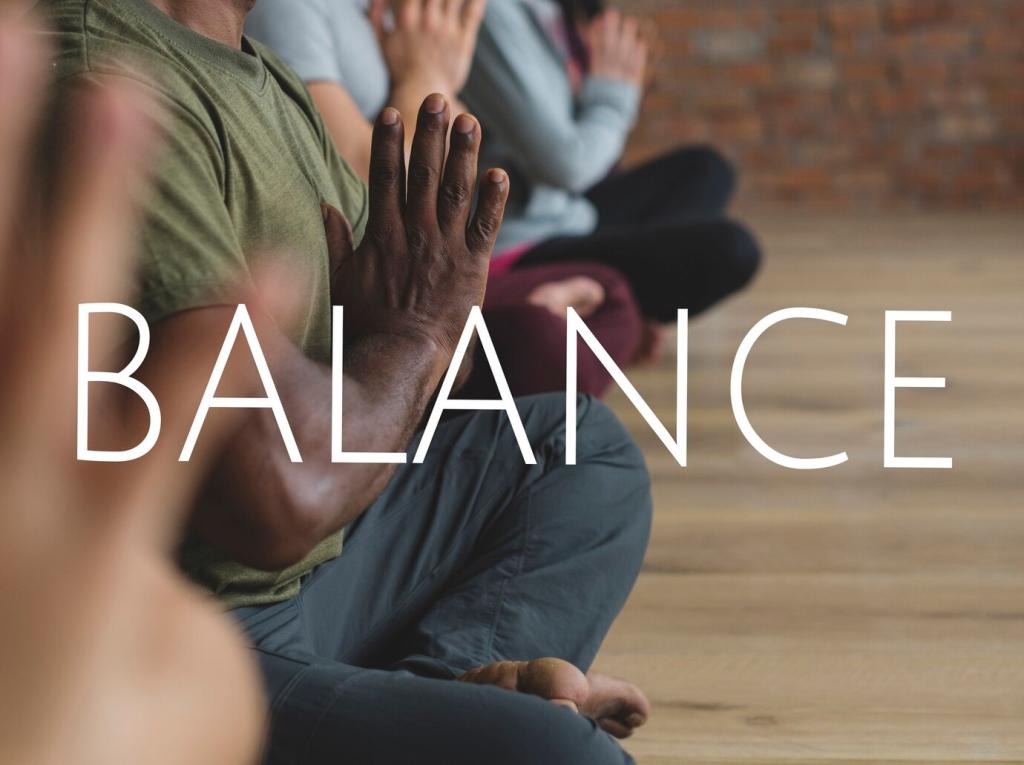Sequence Your Week for Steady Energy
Begin with Mountain Pose, flow through slow Sun Salutations, add standing balances, then close with counted breathing. Keep it under twenty minutes. The emphasis is steadiness, not sweat. Post your favorite song for this flow so we can build a community playlist.
Sequence Your Week for Steady Energy
Use bolsters or pillows for supported forward folds and legs-up-the-wall. Rest in each posture for three to five minutes with Ujjayi or gentle nasal breathing. This recovery session seals the week, replenishing inner stability like a quiet refill for your emotional reservoir.






